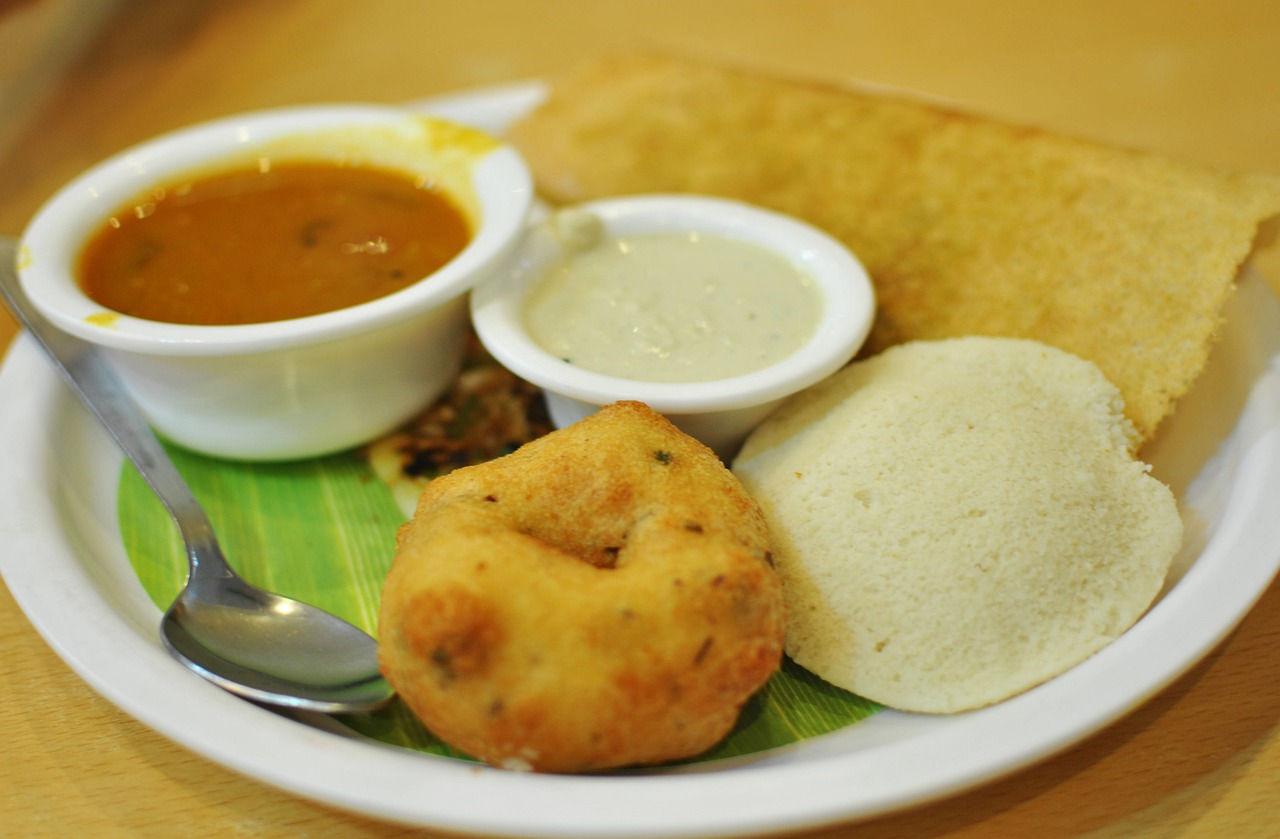
Vocabulary:
- dive into /dahyv IN-too/
- simplicity /sim-PLIS-i-tee/
- nutritional /noo-TRISH-uhn-nl/
- versatile /VUR-suh-tl/
- reminder /ri-MAHYN-der/
[phrasal verb] – to start doing something suddenly and energetically, often without stopping to think
To fully understand the topic, it’s important to dive into the details and analyze them carefully.
[noun] – the fact that something is easy to understand or do
I prefer the simplicity of a pencil and paper over the complexity of a computer program when it comes to taking notes.
[adjective] – relating to nutrition
To maintain good health, it’s important to eat a balanced diet that includes a variety of nutritional foods such as fruits, vegetables, and whole grains.
[adjective] – able to change easily from one activity to another or able to be used for many different purposes
A leather jacket is a versatile piece of clothing that can be worn on many different occasions, from casual outings to more formal events.
[noun] – a person or thing that makes you remember a particular person, event, or situation
I set an alarm on my phone as a reminder to take my medication every morning at the same time.
Article reading:
Idlis have a long and fascinating history, dating back over a thousand years to the kingdom of the Cholas in South India. At that time, the dish was made with black lentils and rice flour, which were ground by hand and fermented overnight. Today, the process of making idlis has been streamlined with the use of electric grinders and mixers, but the traditional recipe and method are still highly revered. One of the unique qualities of idlis is their simplicity. They are made with just a few ingredients: rice, lentils, salt, and water, but the fermentation process is what gives them their signature tangy flavor and fluffy texture. It’s also what makes them highly digestible and nutritious. In fact, idlis are often recommended as a healthy breakfast option for those with digestive issues. In addition to their nutritional benefits, idlis are also versatile dishes that can be enjoyed in a variety of ways. Traditionally, they are served with chutney or sambar, a vegetable, and lentil stew.
Whether you’re a seasoned idli enthusiast or trying them for the first time, there’s no denying the appeal of these humble rice cakes. They are a testament to the rich culinary history and innovation of South India, and a delicious reminder that sometimes the simplest things are the most satisfying.
Discussion Questions:
- Have you ever tried Idli before? If so, where did you first try it? If not, what do you think of it?
- What are some traditional dishes from your own country that you think are worth exploring and sharing with others?
- Do you think the popularity of idlis across the world is a testament to the rich culinary history of South India?
- Do you think idlis could become as popular as other international breakfast items like pancakes or croissants? Why or why not?
- What do you think is the significance of food in cultural heritage and history?
Summarization
Describe:
- cuisine
- fascinating
- traditional
- recommend
- enthusiast